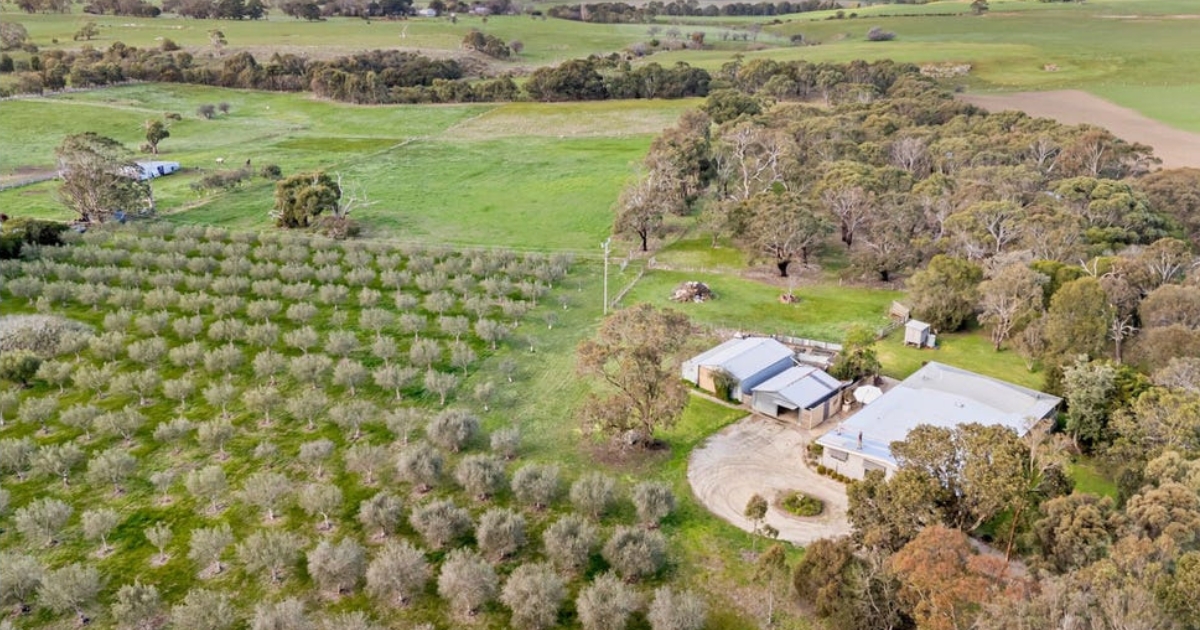Rate cut on the cards

Financial markets are increasingly leaning towards the next move from the RBA being a cut rather than a hike.
AFTER the Reserve Bank of Australia announced that it would keep the official cash rate on hold at a record-low of 1.5 per cent, it has been revealed that although industry pundits surveyed on comparison website Finder.com.au predicted this hold verdict, they went further, with 60 per cent of panellists saying that they expect the next cash rate move to be a cut.
Shane Oliver, chief economist at AMP Capital said that while economic data has generally been soft since the last board meeting in December, it’s unlikely to have been weak enough yet to prompt the RBA to cut rates, particularly given that its bias has still been to raise rates.
CoreLogic head of research Tim Lawless said that the RBA has “looked past” the downturn in the housing market, which he said has “gathered some momentum” over the past three months, pointing to the group’s latest research, which revealed that national dwelling values dropped 5.6 per cent in the year to 31 January.
“The hold decision was widely anticipated, considering a subtle uplift in CPI and steady labour market conditions,” Mr Lawless said.
“However, financial markets are increasingly leaning towards the next move from the RBA being a cut rather than a hike.”
Mr Lawless also cited recent out-of-cycle mortgage rate increases from lenders in response to the sustained rise in wholesale funding costs, which he said could also be weighing on the RBA’s outlook.
“The weeks preceding the RBA meeting saw several smaller lenders pushing mortgage rates higher in response to persistently high funding costs, following an average 14 basis point rise in owner-occupier mortgage rates since September last year,” Mr Lawless said.
“If we see mortgage rates rising more broadly, we might see the RBA become more willing to consider a rate cut in an effort to offset higher funding costs and support heavily indebted household balance sheets.”
Mortgage aggregator Finsure’s managing director, John Kolenda, claimed there is “not a single shred of positive economic news” that could dissuade the central bank from cutting rates.
“This is increasing pressure on the RBA to lower rates, particularly when you weigh up all the negative factors, which include the coming federal election, the response to the final report of the Hayne royal commission, the falling property market and external matters such as the US-China trade war and Brexit, there are just too many headwinds at the moment,” Kolenda said.
However, he doesn’t expect a rate cut until after the upcoming federal election.
“I don’t think they would cut rates during an election campaign,” he said.
“If it does happen, it would most likely be in the third quarter, unless there is a material change in the overall economy.”


















